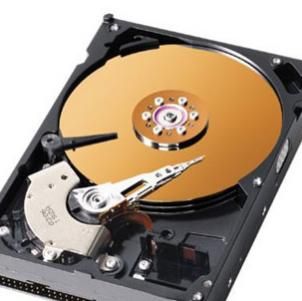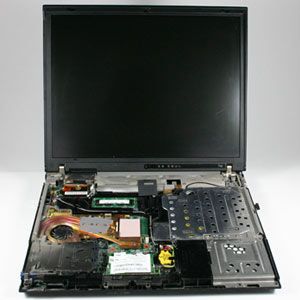The use of Integrated Development Environments (IDEs) brings a multitude of advantages to the software development process, fundamentally transforming how developers approach coding tasks.
Programmer Productivity
One of the most significant benefits is the substantial boost in productivity it provides. By amalgamating essential development tools within a unified interface, IDEs eliminate the need for constant switching among disparate tools, streamlining the development workflow and saving invaluable time and effort.
No More Syntax Errors
Another critical advantage is the improvement in code quality. IDEs are equipped with advanced features like syntax highlighting, code completion, and static code analysis. These tools help developers write code that is not only accurate but also without errors, contributing to a more reliable and robust software product.
Debugging Tools
Debugging, often a time-consuming aspect of software development, is markedly simplified with an IDE. Thanks to integrated debugging tools, developers can effortlessly run their code in a controlled environment, making it easier to pinpoint bugs, examine the effects of code modifications, and understand the underlying performance issues. This immediate feedback loop accelerates the development cycle and enhances the overall quality of the code.
Compute Resources Smoothly
Project management capabilities embedded within IDEs further augment their appeal. These tools are designed to help developers efficiently organize and manage project components such as files, resources, and dependencies. This organization ensures that projects progress smoothly and are completed within their intended timelines and specifications.
Customize Your Programming Language
Lastly, the customization and extensibility features of IDEs cannot be overstated. Recognizing that developers have diverse needs and preferences, many IDEs offer a wide array of customization options, enabling developers to mold the development environment to their liking.
Moreover, through the support of mobile development plugins and extensions, IDEs can be enhanced to support additional programming languages and cater to various development tasks, broadening their applicability and utility across different types of software projects.
In essence, the adoption of an IDE in software development not only accelerates the process but also elevates the quality of the final product, embodies efficiency in debugging, and provides robust support for project management and customization. These benefits collectively make IDEs an indispensable tool in the arsenal of modern developers.


